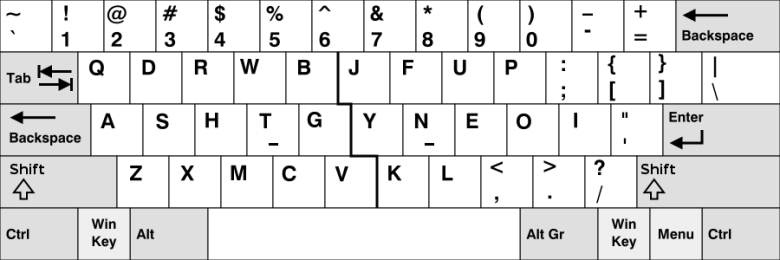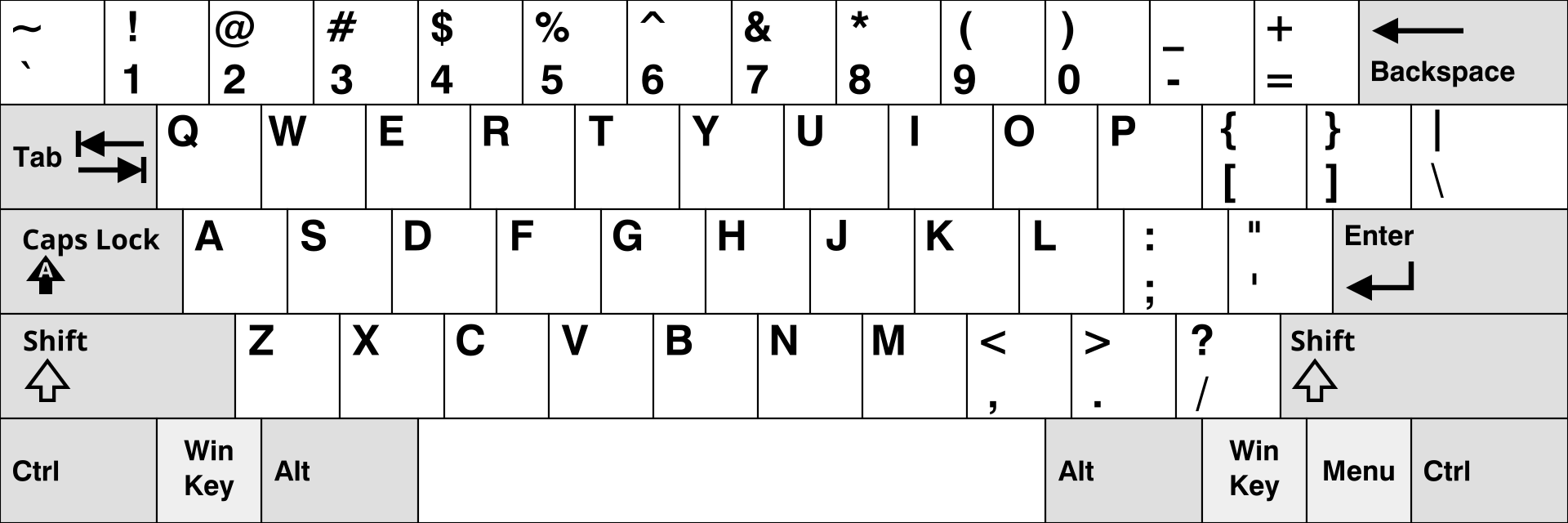I did not realize this was a thing until I just switched to AZERTY which… despite being marketed as being “similar” to QWERTY, is still tripping me up
Edit: since this came up twice: I’m switching since I’m relocating to the French-speaking part of the world & I just happened to want to learn the language/culture, so yeah
I am moving from AZERTY to bépo with futo keyboard but i want to try ergo-l
AZERTY is not really about being similar to QWERTY. It’s the French standard keyboard layout.
Similarly QWERTZ is the German standard keyboard layout.Most (European?) countries use some variation of QWERTY with the symbols and special characters moved around to fit their respective languages better. Over here in the Netherlands we are a bit of an outlier in the sense that we use the US layout of QWERTY, but with additional modifier keys to make special characters available (It’s called US International)
There is also niche layouts like DVORAK (optimized layout for English) and BÉPO (optimized layout for French).
What is the reason you switched to AZERTY, if I may ask? I’m quite curious.
I retrained myself in Dvorak many years back, and really enjoyed using it much better than QWERTY. I had to revert back to qwerty because of commercial standardizations/limitations at different workplaces, unfortunately.
All that to say that workman layout seems even better after reading that article. I don’t really see myself making the effort to switch again, but I enjoyed reading about it. Thanks for sharing.
I retrained myself in Dvorak many years back […]
It’s been a while since I’ve tried Dvorak, so I’m not very confident in my memory, but, iirc, I rememeber Dvorak causing some discomfort in my wrists. Not as bad as QWERTY, mind you, but I found that Workman was much more comfortable for me. Plus, I found that the general proximity of Workman to QWERTY, when compared with the proximity of Dvorak to QWERTY, made it much more convenient to use. For example, on Workman, copy and paste (ie
Ctrl+CandCtrl+V) are each just moved over one key to the right [1], whereas Dvorak puts them on the opposite end of the keyboard [2], that is, when comparing them with QWERTY [3].References
- Type: Image. Publisher: [Type: Website. Title: “Workman Keyboard Layout”. URI: https://workmanlayout.org/.]. Accessed: 2025-07-11T23:48Z. URI: https://raw.githubusercontent.com/kdeloach/workman/gh-pages/images/workman_layout.png.
-

Cis 4 to the right on the bottom row.Vis 5 to the right on the bottom row.
-
- Type: Image. Publisher: [Type: Article. Title: “Dvorak keyboard layout”. Publisher: “Wikipedia”. Published: 2025-05-29T22:38Z. URI: https://en.wikipedia.org/wiki/Dvorak_keyboard_layout.]. Published: 2025-02-08. URI: https://upload.wikimedia.org/wikipedia/commons/thumb/2/25/KB_United_States_Dvorak.svg/1920px-KB_United_States_Dvorak.svg.png.
-

Cis 8 to the right on the top row.Vis 9 to the right on the bottom row.
-
- Type: Image. Publisher: [Type: Article. Title: “QWERTY”. Publisher: “Wikipedia”. Published: “2025-06-18T19:29Z”. URI: https://en.wikipedia.org/wiki/QWERTY.]. Created: 2006-01-12. Published: 2018-11-22. Accessed: 2025-07-11T16:57Z. URI: https://upload.wikimedia.org/wikipedia/commons/thumb/d/da/KB_United_States.svg/1920px-KB_United_States.svg.png.
-

Cis 3 to the right on the bottom row.Vis 4 to the right on the bottom row.
-
- Type: Image. Publisher: [Type: Website. Title: “Workman Keyboard Layout”. URI: https://workmanlayout.org/.]. Accessed: 2025-07-11T23:48Z. URI: https://raw.githubusercontent.com/kdeloach/workman/gh-pages/images/workman_layout.png.



